With one-third of all food produced for human consumption being wasted each year, it's clear that action needs to be taken. Not only does food waste have negative environmental impacts, but it also has social and economic consequences. So, what can be done about it?
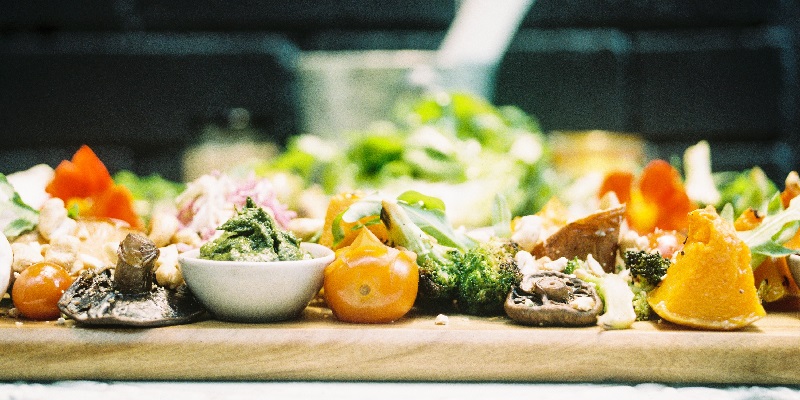
Let's start by answering the question – what is “Food Waste?”. The United Nations Food and Agricultural Organization (FAO) states –
“Food waste refers to the discard of edible foods at the retail and consumer levels, mostly in developed countries.”*
This can be any edible product or by-product that is intended for human consumption but is discarded or expired; this can come from a wide variety of sources, such as:
- Prepared, perfectly edible food that has not been eaten.
- Unsold food from local markets or other retail outlets such as produce food.
- Plate waste from restaurants.
- Trimmings like food scraps from food preparation in restaurants, cafeterias, or homes; and by-products of food and beverage processing.
- By-products of industrial food/beverage processing.
What is the impact of food waste?
Globally, food waste causes substantial economic, social and, of course, environmental ramifications.
The U.N 2021 Food Waste Index recently revealed that a staggering 1.3 billion tons of food are wasted every year, costing the global economy around $750 billion and contributing 8-10% to the world's greenhouse gas emissions.* This situation is worsened even further on a planet where over 800 million people don't have enough access to food and face undernourishment.*
The U.S. is one of the largest contributors to global food wastage, ranking behind China and India with 60 million tons thrown away annually.* This is an alarming number, especially considering that 34 million American citizens experience hunger.* On an economic scale, this wastage results in a loss of over $161 billion to the economy, however, the environment takes the biggest loss with over 3.3. billion tons of C02 emissions to the environment.*
In the United States, food waste is estimated at between 30-40 percent of the food supply.*
It is undeniable that the most destructive outcomes are evident in the global environmental consequences. Without reliable waste disposal techniques and stringent food waste regulations, a large proportion of food waste will inevitably be discarded in landfills. Here, food naturally decays, and one of the major side-effects of decomposing food in landfills is the generation of methane – a noxious greenhouse gas that's 25 times more potent than carbon dioxide exacerbating climate change 80 times faster.*
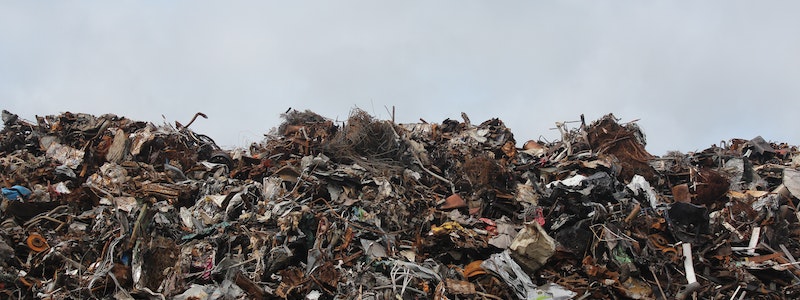
Why is Food Waste so Prevalent?
With so many people experiencing food insecurity and the impact of food waste being so damaging to the environment, why is so much food wasted? Answering this question isn’t so straightforward. Much of it can be tied to an array of socioeconomic, cultural, and human behavioural habits.
The majority of waste derives from American homes (43 percent), followed by retail such as restaurants, grocery stores and food services companies (40 percent). Whilst farms contribute only 16 percent and manufacturers cause 2 percent.*
A major reason can be associated with the high value placed on the aesthetic quality of food. Fruits and vegetables that tend to bruise or brown are apparently something American shoppers might not abide by.*
An additional explanation could be the misunderstanding of expiration or use-by-date labels by consumers. The widespread belief that all outdated food will lead to illness is misguided, as the majority are safe to consume. Unfortunately, these dates are not dictated by the Food and Drug Administration but have been determined by the food producers and may not reflect accurate safety standards.*
More than two-thirds of all food discarded in people’s homes in three major U.S. cities was potentially edible.*
What is Being Done?
As part of the United Nation’s Sustainable Development Goals (SDG), Goal 12 "Ensure sustainable consumption and production patterns" aims to halve global food waste and reduce food losses in production and supply by 2030. It aims to do this through cooperation and global partnerships between multiple agencies and across a broad range of areas.
Meanwhile, in Europe, the European Commission has announced the Farm2Fork strategy to make food production and consumption more sustainable. It plans to do this by proposing binding targets to reduce food waste in EU member countries and by integrating food waste prevention guidelines into existing policies, with the intention of reducing food waste per capita by 50 % by 2030.
In 2015, the U.S. Department of Agriculture (USDA) and the Environmental Protection Agency (EPA) announced the 2030 Food Loss and Waste Reduction Goal, the first-ever domestic goal to reduce food loss and waste. The goal seeks to cut food loss and waste in half by the year 2030. To achieve this goal, leaders at all levels of the food system - such as private, government, non-profit, academia and faith organizations - will be encouraged to utilize tools and interventions that promote sustainable food management. The EPA also aligns this national objective with U.N.'s SDG Target 12.3 to prevent food waste from being generated in the first place, support keeping food in the supply chain for humans and recycle any leftovers.*
At a federal level, the U.S. has introduced some key pieces of legislation to protect food donors and incentivize food waste reduction. In particular, the Bill Emerson Good Samaritan Food Donation Act 1996 establishes liability protection for persons involved in the donation and distribution of food products to needy individuals. By removing potential liability for donations, it makes it easier for businesses and individuals to donate without fear of incurring a penalty.*
Several states across the country have taken things further, introducing increasingly comprehensive legislation to minimize waste. Vermont, for example, has banned food scraps from going to landfills, resulting in a 40% increase in food donations and a 37% reduction in greenhouse gas emissions through its "Universal Recycling Law." Virginia offers farmers a tax credit of 30% of the fair market value of food crops donated to a non-profit organization that provides food to the needy. And Connecticut has introduced a limit of organic waste production to 52 tons per year for all wholesalers, distributors, manufacturers, and supermarkets. Meanwhile, there is pending legislation in California, Colorado, and Massachusetts to establish funding for private composting and organic collection programs.*
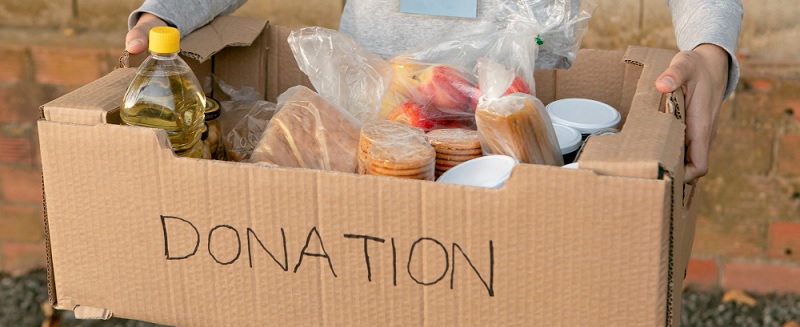
Confronting the Issue at Home
Almost half of the waste generated in America comes from households (43%), so the journey to reduce food wastage must begin there. The goal is not to create less food, but instead to make sure that what is produced is used effectively and efficiently. So how can American households do this?
Better Understand Food Labels. For a better understanding of what food items are safe to eat, BEST IF USED BY is a signifier of product quality that may not meet expectations but is still edible. USE BY lets you know when a highly perishable item or one with potential food safety issues has gone past its peak.
Freeze Food. For food that can’t be consumed straight away, leftovers and chilled convenience meals can all be stored in the freezer for a later date. Dishes like pasta or rice with sauce are best kept before cooling by freezing the sauce separately.
Measure your portions. Lessen wastefulness by preparing only what is requisite. Quantifying eliminates speculation and increases the possibility of obtaining the necessary portion.
Share Food. Donating surplus food to pantries or charities is a great way of helping those in need. Alternatively, one could share with colleagues, friends, and neighbors.
Embrace the imperfect. You might not think that fruits and vegetables with blemishes look appealing to eat, but we guarantee they still have the same great taste. Don't pass up utilizing them!
Plan meals and shop accordingly. It’s important to plan ahead when it comes to food. Making a shopping list is an easy way to keep track of what you need - just add items when they come to mind. When you’re out shopping, make sure to stay focused and make purchases based on specific meals.
Confronting the Issue as an Organization
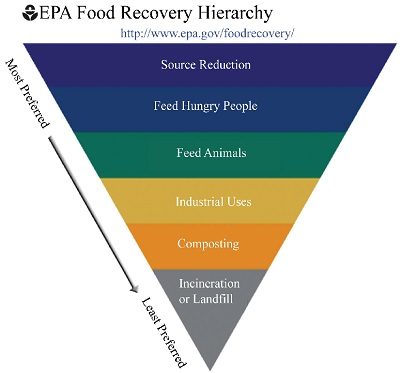
40 percent of the waste is produced by restaurants, grocery stores and food services companies. So how can organizations help in the fight against food waste?
One of the most effective ways is to follow the Food Waste Recovery Hierarchy; the tiered system to prioritize the prevention and diversion of food waste in organizations.
Source Reduction. We can reduce waste by following the golden rule of taking only what we need. By limiting what we buy and create, it's easier to avoid having food that needs to be discarded. It's a simple concept that can have powerful results.
Feed Hungry People. It is both unacceptable and wasteful that so much edible food is being thrown out when millions of Americans are predicted to have experience food insecurity in 2023. Food banks and shelters throughout the nation would be thrilled to receive the food many of us discard.
Feed Animals. In addition to humans, animals need nourishment as well. When we're done with dinner each evening, rather than sending all of our leftovers to a landfill, they can be utilized to feed our furry friends on the farm. This way, we can reduce the amount of food waste that would otherwise be needlessly discarded.
Industrial Uses. Did you know that some of the food we discard can be utilized in the production of biofuel and other bio-products? The planet offers us numerous ways to produce renewable energies, like solar, hydro and wind power. We should be looking at our food as yet another way to tap into this energy source.
Composting. Near the base of the Food Waste Recovery Hierarchy is an action each person can take: compost their food refuse. Not only does this keep it out of landfills (where emissions are created), but it enhances soil and water quality, thereby aiding future harvests.
Landfill/Incineration. This is the lowest level of the Food Waste Hierarchy, which should be a last resort for managing our waste. It can all start with us, by taking preventive measures at the top of the hierarchy — that is, from where food is obtained and where we decide how much to take, purchase, and make.
In the United States, food waste is estimated at between 30-40 percent of the food supply.*
This is Where We Come In
While prevention policies and responsible consumption techniques are the most effective means of tackling the food waste problem in both households and businesses, there is still more to be done in terms of capture and disposal.
Composting not only benefits the environment directly but also helps reduce waste entering landfills. This way of food waste recycling is hugely popular in many countries across Europe.
Glasdon offers practical solutions to collect food waste for conversion into compost. Our Food Waste & Compost Recycling Containers have been specially designed to be used in various sectors of the food industry including commercial restaurants and food courts, but can be easily integrated into any workplace or home.

Glasdon Food Waste Containers Food Waste & Compost Recycling Containers
Notable Design Features –
- Aperture flaps to lock in and contain odors.
- Lid-operated foot pedals to improve hygienic disposal.
- Large apertures to guide waste.
- Recognizable decals to make them easily identifiable.
- Durable materials to ensure long service life.
The Nexus® Stack can be used both in the office and at home to separate food waste from other waste streams like food packaging. Products such as Nexus® Shuttle, on the other hand, are suitable for food preparation areas such as kitchens. Nexus® Transform can be equipped with a compartment to separate waste streams for spaces such as cafeterias and Nexus® City selective sorting container shelters can serve as larger collection points for food waste.
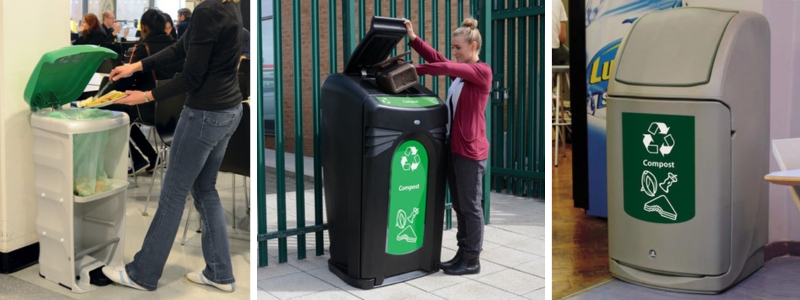
Instead of wasting food scraps, recycle them to produce nutrient-rich soil that can be used for agricultural purposes, such as compost or animal feed.
If you would like to learn more about how Glasdon can help with your waste management, please Contact Us today.
References
*https://www.unep.org/resources/report/unep-food-waste-index-report-2021
*https://www.theworldcounts.com/challenges/hunger-and-obesity/food-waste-statistics
*https://www.unep.org/regions/north-america/regional-initiatives/promoting-sustainable-lifestyles
*https://www.prnewswire.com/news-releases/new-study-from-feeding-america-shows-one-in-three-people-facing-hunger-are-unlikely-to-qualify-for-supplemental-nutrition-assistance-program-301816648.html#:~:text=Of%20the%2034%20million%20people,Pacific%20Islanders%20or%20multiple%20races
*https://www.unep.org/regions/north-america/regional-initiatives/promoting-sustainable-lifestyles
*https://www.usda.gov/foodlossandwaste/why#:~:text=Greenhouse%20gases%20generated%20from%20food,methane%2C%20a%20powerful%20greenhouse%20gas
*https://www.feedingamerica.org/our-work/reduce-food-waste#:~:text=How%20much%20food%20waste%20is,food%20in%20America%20is%20wasted.
*https://blog.secondharvest.ca/2021/10/01/how-food-aesthetics-are-starving-us-and-our-planet/
*https://theconversation.com/food-expiration-dates-dont-have-much-science-behind-them-a-food-safety-researcher-explains-another-way-to-know-whats-too-old-to-eat-186622
*https://www.nrdc.org/press-releases/two-thirds-food-wasted-home-three-major-us-cities-edible




